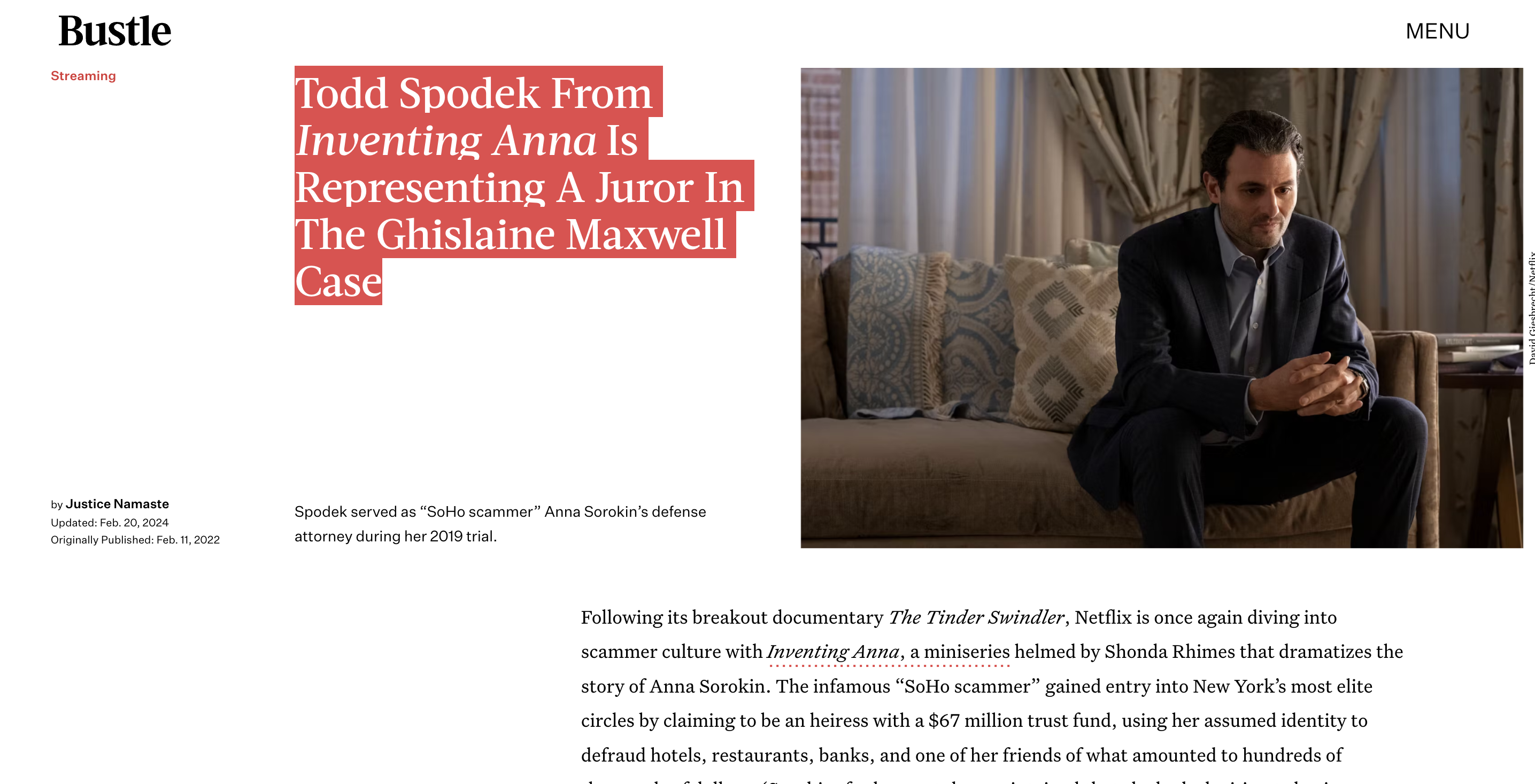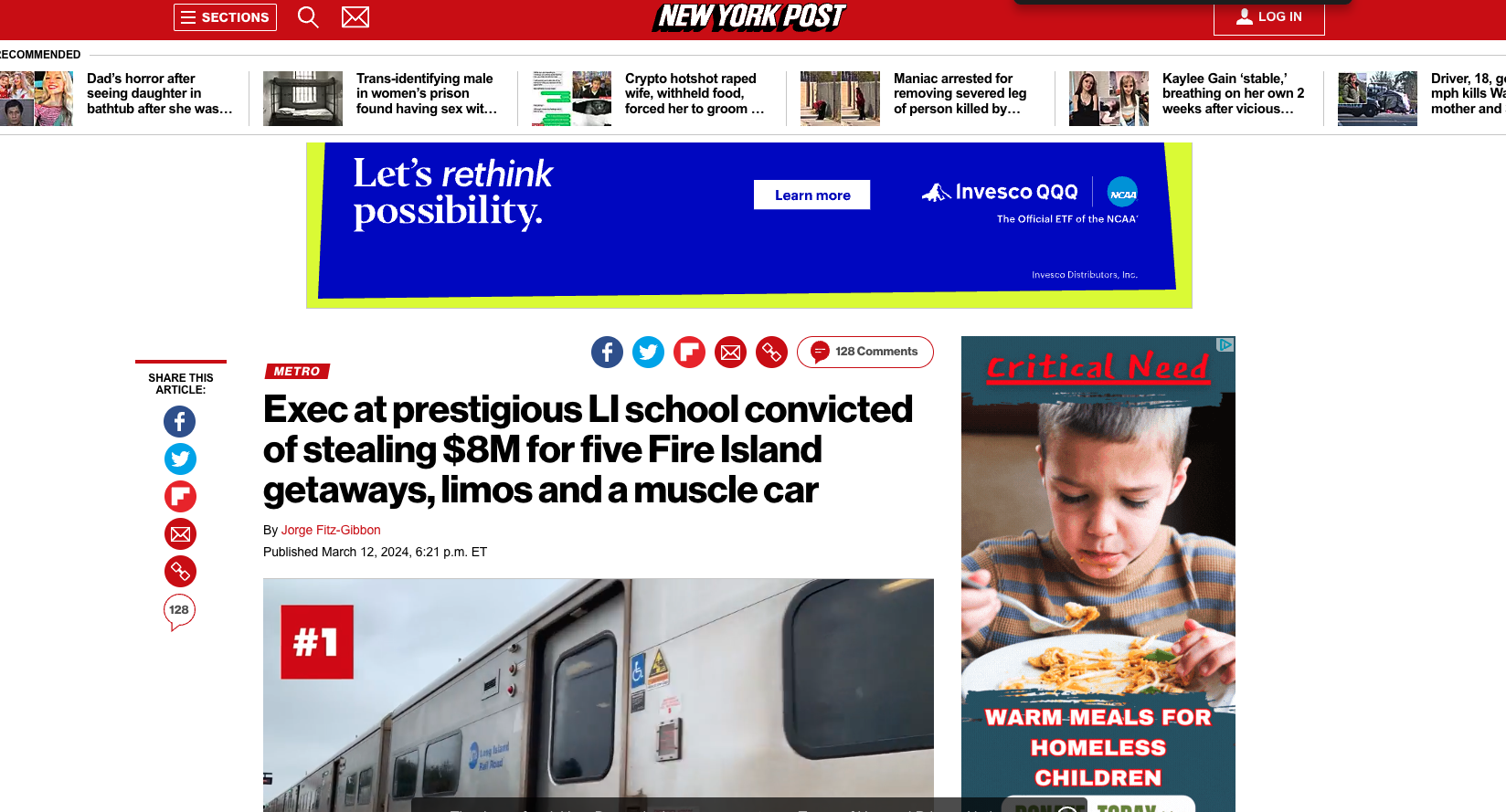Blog
How Customs Cracks Down on Importing Counterfeit Goods
Contents
How Customs Cracks Down on Importing Counterfeit Goods
Buying counterfeit products online can seem like no big deal. The prices are so much cheaper, and it’s easy to find almost anything you want with just a few clicks. But there are real dangers to buying knock-off products that you should know about. Customs and border agencies like the U.S. Customs and Border Protection (CBP) are cracking down hard on counterfeit imports, and for good reason.
I’ll walk you through why counterfeits are so problematic, how they hurt the economy and public safety, and what laws customs enforces to stop them from entering the country. This isn’t your college English class so I’ll keep it real with some typos n’ informal language. Ready? Let’s goooo!
Why Counterfeits are a Big Deal

Counterfeit goods may look harmless on the surface but they can cause some real damage. For starters, they rob legit brands and artists of money they earned from their products and ideas. Somebody spent time designing a handbag or writing that song, but counterfeiters don’t pay any royalties or licensing fees. Not cool.
Counterfeits also hurt the economy. When you buy a fake product, your money doesn’t support local jobs or businesses. And if customers get duped too many times, they may stop buying from certain brands altogether. That leads to lower sales and less tax revenue for public services we all rely on.
There are also serious health and safety risks with counterfeit goods. Knock-off electronics can be fire hazards. Fake makeup and skin creams often contain dangerous chemicals like arsenic and mercury. Counterfeit prescription drugs may be diluted or have the wrong amount of active ingredients. These can cause allergic reactions or just not work as intended. Not worth the risk just to save a few bucks!
How Counterfeits Hurt Businesses
Large and small businesses alike feel the pain of counterfeits. Big brands have to spend millions on anti-counterfeiting tech and legal fees. Smaller businesses lose customers to cheaper knock-offs. It’s often impossible for handmade goods to compete with counterfeit prices.
Online platforms like Amazon and eBay spend tons of resources trying to keep fakes off their sites. But counterfeiters are crafty and use tricks like using photos of real products then sending knock-offs. Platforms often have to issue refunds when customers receive fakes, eating into their profits.
Brick and mortar stores also lose sales to online counterfeits. Foot traffic declines when shoppers buy cheaper versions online. This hurts malls and local economies. No bueno.
How Counterfeiters Operate
Counterfeiters have gotten really sophisticated in how they make and distribute fakes. China is the main source, where some counterfeiting is state-sponsored. Goods are mass produced in factories and sold online and to exporters. Fakes will often pass through several countries before arriving in the U.S. to disguise the trail.
E-commerce has exploded counterfeits with sites like Wish and Alibaba connecting Chinese sellers directly to consumers. Counterfeiters also sell on Amazon, Ebay, Facebook Marketplace, and Instagram using mules and fake accounts. Livestreaming sites are increasingly used too.
Cheap overseas shipping through USPS, FedEx, and DHL allowed a huge rise in small packages of fakes going directly to U.S. consumers. Just a decade ago, most counterfeits entered through large shipping containers. Now over 90% come in small parcels making detection harder.
How Customs Cracks Down
Customs and border agencies are America’s first line of defense against counterfeit imports. U.S. Customs and Border Protection (CBP) has gotten increasingly aggressive in targeting and seizing fakes. They’ve had to completely rethink their enforcement strategy for the rise in small packages. Let’s look at some of the ways CBP is cracking down:
- Increased inspections – CBP now inspects over 90% of shipping containers and international mail packages. Suspicious shipments go through x-ray scans and physical inspections.
- More dog teams – Sniffer dogs are deployed to detect counterfeits and drugs. They helped seize $34 million in fakes at JFK airport in 2021.
- Cooperation with e-commerce platforms – CBP works with sites like Amazon to identify high-risk sellers and block dangerous products.
- Fines and penalties – CBP issues fines up to 5 times the value of seized goods. They also refer cases for criminal prosecution.
- Public outreach – CBP runs consumer education campaigns on social media like FakeGoodsRealDangers to warn of counterfeit dangers.
CBP also works closely with customs in Europe, China, and elsewhere to share intelligence on counterfeit operations. Still, enforcement remains challenging with limited resources and constantly evolving counterfeiter tactics.
CBP enforces a range of laws prohibiting imports of counterfeit goods:
- 1930 Tariff Act – Prohibits importing goods that infringe trademarks or copyrights. This is the main tool for counterfeit enforcement.
- Trademark Counterfeiting Act – Makes trafficking counterfeits a criminal offense with up to 10 years prison.
- Digital Millennium Copyright Act – Bans circumventing copyright protection systems.
- Prioritizing Resources and Organization for Intellectual Property Act – Gives CBP more tools to combat counterfeits.
When counterfeits are seized, CBP sends a notice to the importer and intellectual property rights holder. The rights holder decides whether to pursue civil fines or criminal charges. This involves submitting evidence and going through a long legal process.
Rights holders argue the seizure process is too cumbersome for small seizures. CBP itself has called for “streamlining” the process to make enforcement more efficient. But so far, no major changes have been made.
Should You Buy Counterfeits?
Hopefully you now see why counterfeits cause real harm even though they seem like harmless fakes. Some say buying knock-offs is a “victimless crime,” but counterfeits fund shady criminal networks and even terrorism in some cases. The human costs are very real even if not always visible.
So don’t take the risk. Support legitimate brands and sellers even if it costs a bit more. Your health and safety are worth it, as is your clean conscience! Be an informed shopper and read reviews carefully before purchasing. If the price seems too good to be true, it just might be…









